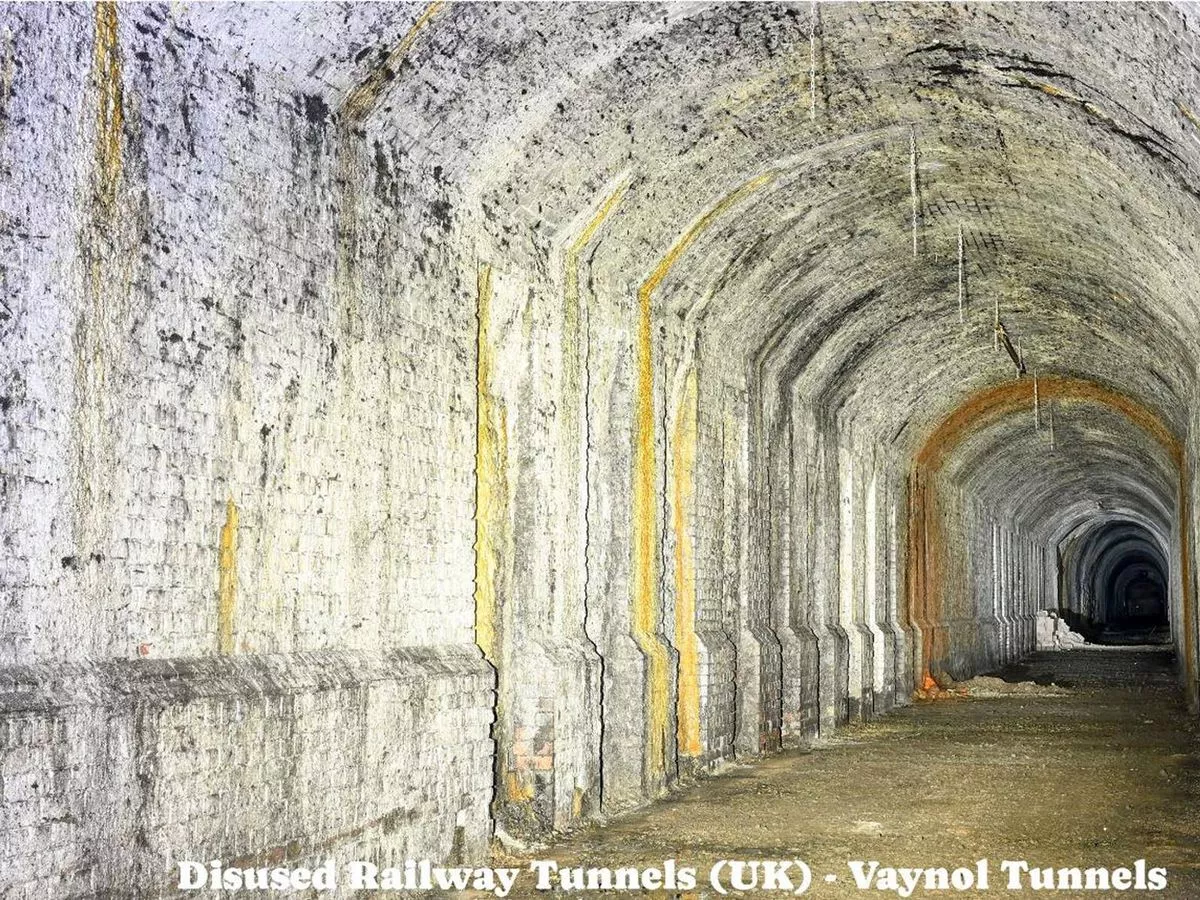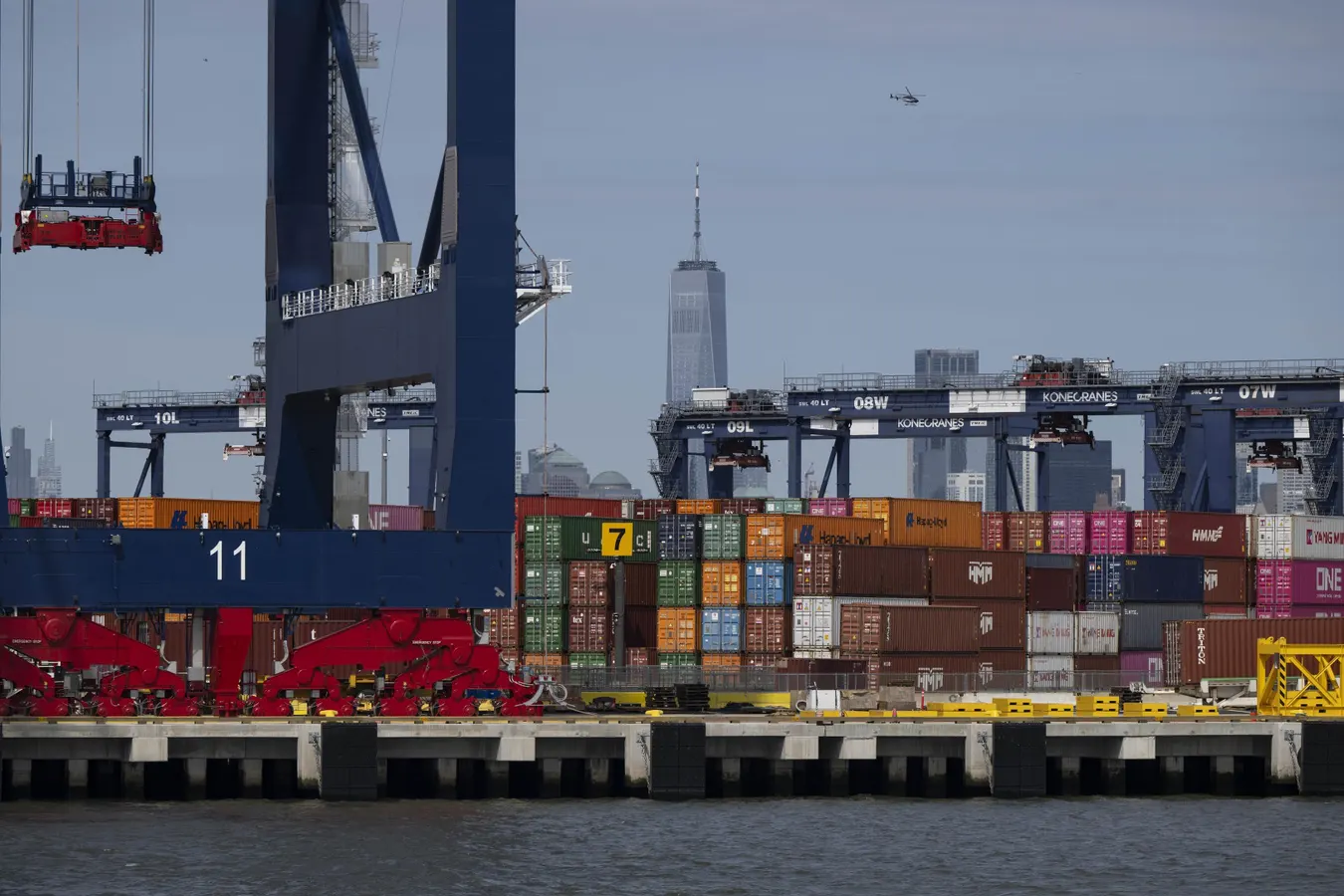By Andrew Forgrave,Kelly Williams
Copyright dailystar

A pair of railway tunnels running beneath a business park have been shut for decades , yet they refuse to fade from memory. For years, they swallowed trainloads of Butlins holidaymakers into their depths whilst steam poured from their mouths. These whitewashed passages would eventually s erve as a makeshift Royal retreat and, for a period, housed the most advanced cannabis cultivation operation North Wales had ever witnessed. The Vaynol Tunnels stand as a magnificent testament to a lost era. Despite being abandoned for over 50 years , there’s still a slim possibility they could welcome trains back onto their tracks. They were constructed on the Vaynol Estate (now known as Faenol) to serve the Bangor and Carnarvon Railway, which launched in July 1852 to carry both slate and passengers. Originally, just one tunnel was built, and its grand opening proved rather underwhelming: a ceremonial silver trowel intended for laying the cornerstone went unused because its owner was bedridden that day. Just four months afterwards, disaster struck the nearby line. A man was found “frightfully mangled” yet breathing after being struck by the 9.30pm service from Bangor, reports North Wales Live . Authorities believed he had been lying with his legs stretched across the railway. He subsequently passed away at Bangor Infirmary. Tragedy struck again seven years later further along the route towards Caernarfon. When a woman faltered on the tracks at Griffiths Crossing, the station master dashed out to assist her, only to be hit by an approaching train and “killed on the spot” as his wife looked on in horror. The woman he had attempted to rescue also perished. Originally, the railway was planned solely to link Caernarfon with the main Chester and Holyhead Railway. However, when a connecting section was constructed in Caernarfon through a brief tunnel, it transformed into a through route to Afon Wen on the Llŷn Peninsula, plus a branch line to Llanberis. A year later, in 1871 an additional tunnel was built at Vaynol to enable two-way services. During WW11, a prisoner of war (PoW) camp was established directly above the Vaynol tunnels, first housing Italians and subsequently Germans. Its three Nissen huts accommodated 60 prisoners, who were rotated to labour on various farms each week to prevent them becoming too acquainted with local residents. The History Points website noted: “British soldiers guarded the site. There was never an attempt to escape. The prisoners were allowed copies of German newspapers and once a fortnight they watched German films at the community hall in Y Felinheli.” Following the war’s end, two Germans declined repatriation. Only one line remained open and just one tunnel was sealed off – a decision rumoured to be linked to the impending investiture of Prince Charles at Caernarfon in 1969. It’s widely speculated – though never officially acknowledged – that the Prince spent the night on the Royal Train in one of the tunnels due to concerns about potential attacks from Welsh nationalists. Regardless of the reasons, the line was shut down in April 1970, only to spring back into action a month later when a devastating fire on the Britannia Bridge severed Holyhead’s freight connection with the UK railway network. The quick fix was to repurpose Caernarfon goods yard as a makeshift container terminal. Once the bridge was back in business, the line was permanently closed in February 1972. However, this wasn’t the final chapter for the Vaynol Tunnels. In the mid-1980s, they were transformed into a shooting range for the newly-established Bangor and District Practical Rifle and Pistol Club. The range has since been downsized but it remains operational. Back in 2000, the estate kicked off hosting a music festival. Despite pulling in crowds of 35,000 punters by 2006, the plug was pulled three years down the line. It was during one of these later festivals that a local builder crossed paths with a Faenol director, and they struck a deal for a nominal rent to use the tunnels. The fresh enterprise centred around a substantial mushroom cultivation business. Though entirely above board, Mold Crown Court would later discover that, buckling under intimidation from Liverpudlian heavies, the proprietors agreed to facilitate a massive cannabis cultivation scheme. Various tales circulate about how the operation came to light. Whatever the truth, officers stormed the tunnels in May 2012 and “became aware of the smell of cannabis”. Before venturing further into the depths, they secured assurances from the mushroom cultivators that the premises weren’t rigged with booby traps. The setup was remarkably advanced. Woodland was cleared, a roadway was restored, and the tunnel floors were carpeted with roughly 40 tonnes of hardcore. Hefty steel barriers were installed at both ends. Air circulation, electrical infrastructure, and even a substation were put in place, all monitored by CCTV. The power supply was illegally tapped, and through a concealed hatch, a passage connected the mushroom section to the cannabis enterprise. Alongside five cultivation chambers and four watering rooms, worker facilities had been established complete with a microwave, telly, and CD player. The ventilation system had been muted and equipped with filters to eliminate the distinctive aroma of cannabis. In their place were 88 lighting fixtures, 11 ventilation fans and nine sound dampeners – with both illumination and irrigation systems running automatically. Officers discovered 1,207 plants at different stages of cultivation. In total, the enterprise was believed to have a potential yearly output worth £1.5m-£2m. Four men received prison sentences later that year for their involvement in the scheme. Currently, the tunnels remain heavily secured. However, they could potentially return to their intended purpose. A feasibility study commissioned by Transport for Wales (TfW) and released earlier this year explored how the Bangor-Afon Wen route could be restored. Meanwhile, recent photographs by Disused Railway Tunnels UK reveal their interiors gleaming white. Certain historic railway tunnels were coated with whitewash, usually to reflect light and enhance visibility for passengers and crew. Nevertheless, the white Vaynol tunnels are believed to be a remnant of an illegal activity for which they are now most famously known.



